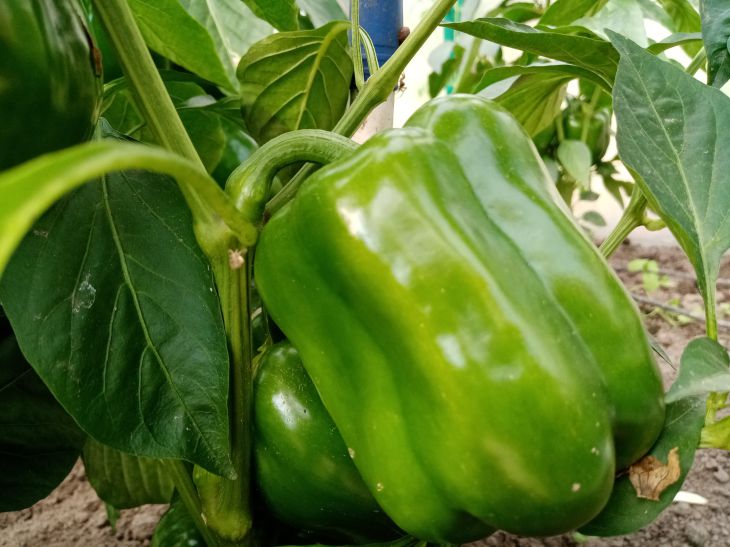Sweet bell peppers are not cheap at the market, and therefore every gardener considers it his duty to provide himself with vegetables in full.
You should think about this in advance and choose the right variety, prepare the soil in a timely manner and grow strong seedlings. After that, all that remains is to transplant the bushes.
Transplanting peppers is as exciting as growing seedlings. Every detail is important: from timely hardening to adding fertilizers to the holes and subsequent fertilizing.
To avoid problems, you need to transplant peppers correctly and take care of them in the future.
Transplanting pepper seedlings
Many gardeners practice adding fertilizers directly into the holes before planting, which strengthens the immunity of seedlings and promotes intensive growth.

In this case, a win-win option is potassium monophosphate, which will provide the plant with all the necessary substances.
The application rate is considered to be 1 teaspoon of fertilizer per hole.
How to apply fertilizers
Fertilizers are not applied in pure form, but are sprinkled in a layer of up to 3-4 centimeters, after which the seedlings are transplanted and the soil is well watered.
In this case, you don’t have to worry that the fertilizer will cause root burn.








